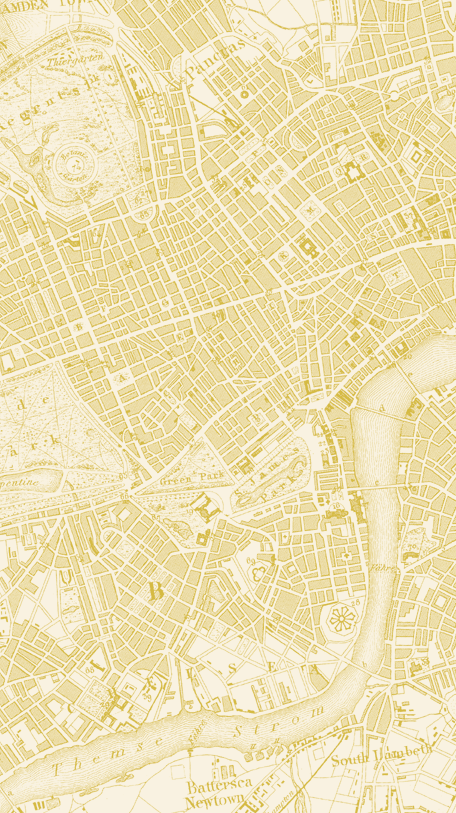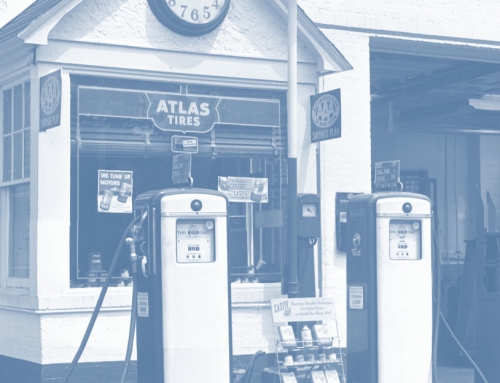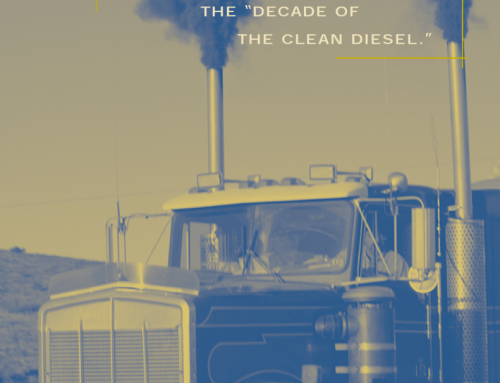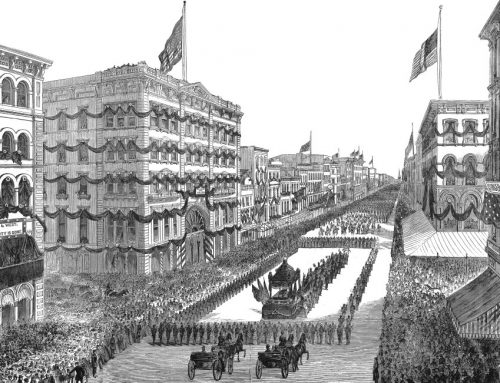Talk about transportation and the environment, and most engineers and planners will tick off a long list of concerns: air pollution, water pollution, noise, petroleum consumption, community disruption, habitat loss. Since the 1970s, a variety of federal and state laws has aimed to minimize harm done to the environment by transportation programs. The benefits have been significant.
Probably the greatest success has been the reduction of air pollutants. Today’s cars produce only a small fraction of the pollutants their predecessors emitted. Almost all the reduction is due to legally mandated emissions control technologies on new cars. Even with massive growth in auto ownership and vehicle-miles traveled, most cities exceed pollution limits only a few days a year.
Fuel economy has also improved since the ’70s, when US autos averaged about fourteen miles per gallon. Pushed by CAFE standards and pulled by consumer preferences, today the average is over twenty mpg, even with large numbers of light trucks and sport utility vehicles in the mix.
 We are discovering, however, that these gains are not enough. Recent evidence points to adverse health consequences for children and the elderly at lower pollution levels than we previously recognized. Truck use is growing, and the small particles emitted from burning diesel fuel are particularly bad for human health. With low fuel prices, consumers are again buying less efficient cars and trucks. We are learning, sometimes the hard way, that we must watch out for unanticipated system effects—as when the fuel additive MBTE, introduced to reduce air pollution, turned out to be a dangerous water pollutant.
We are discovering, however, that these gains are not enough. Recent evidence points to adverse health consequences for children and the elderly at lower pollution levels than we previously recognized. Truck use is growing, and the small particles emitted from burning diesel fuel are particularly bad for human health. With low fuel prices, consumers are again buying less efficient cars and trucks. We are learning, sometimes the hard way, that we must watch out for unanticipated system effects—as when the fuel additive MBTE, introduced to reduce air pollution, turned out to be a dangerous water pollutant.
We also are discovering new cause for environmental concern. Emissions of the naturally occurring gas, carbon dioxide, a by-product of burning fossil fuels, are now proving troublesome. CO2 is building up in the atmosphere, causing the Earth’s average temperature to rise. Forecasted temperature increases could produce marked changes in precipitation patterns, rising sea levels, and altered ranges for plants and animals. The changes could be so rapid that neither natural systems nor social systems will be able to adapt easily. The issue comes back to transportation choices: a quarter of CO 2 emissions come from the US, and our surface transportation produces a quarter of that.
The longstanding debates about land use and transportation in turn have environmental dimensions. People and firms deal with traffic congestion by relocating. Relocation further allows many to secure affordable housing, fi d better schools, and escape crime or the fear of it. Still, development at the suburban fringe, supported by transportation investments, often comes at an environmental cost. Formerly open lands are consumed, wetlands filled, and habitats fragmented. Outward movement also has consequences, some good but others negative, for those who remain behind.
Research has important roles to play in improving transportation’s environmental performance. Current research on new vehicles and fuels aims to produce environmentally benign automobiles. Trucks, our main mode of freight transport, are especially in need of researchers’ attention. Likewise, more research remains to be done on land use options. Researchers tell us that alternative approaches promoted so far produce modest results at best, but most have looked only at direct and short-term transportation effects, not at the broader range of environmental concerns. Development strategies that protect habitat and preserve important farm and forest lands are being tried out, as are strategies that aim to improve the distribution of environmental costs and benefits. We don’t know yet how well they work, or what they will cost, or where transportation fits into these strategies. Nor do we know what price consumers are willing to pay for environmental protection and enhancement.
So researchers have much yet to do on transportation and the environment. The agenda should cover both the natural and the built environments and should consider direct and indirect effects and their distributions. Research topics must range from vehicles and fuels, land use and transportation, air pollution and energy, to planning and institutions.






